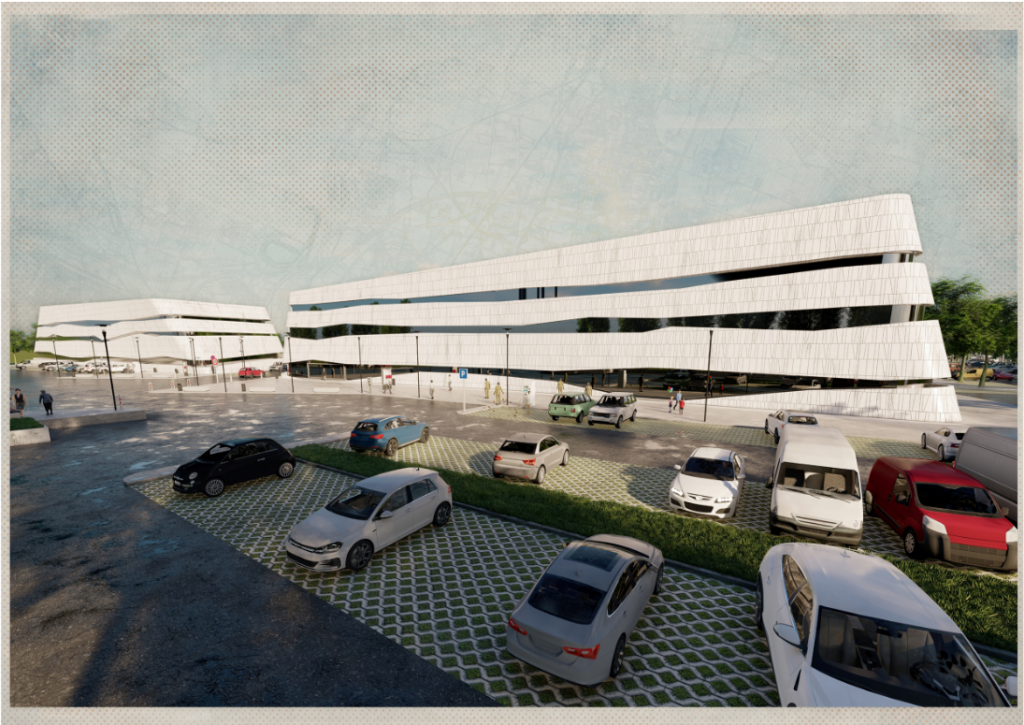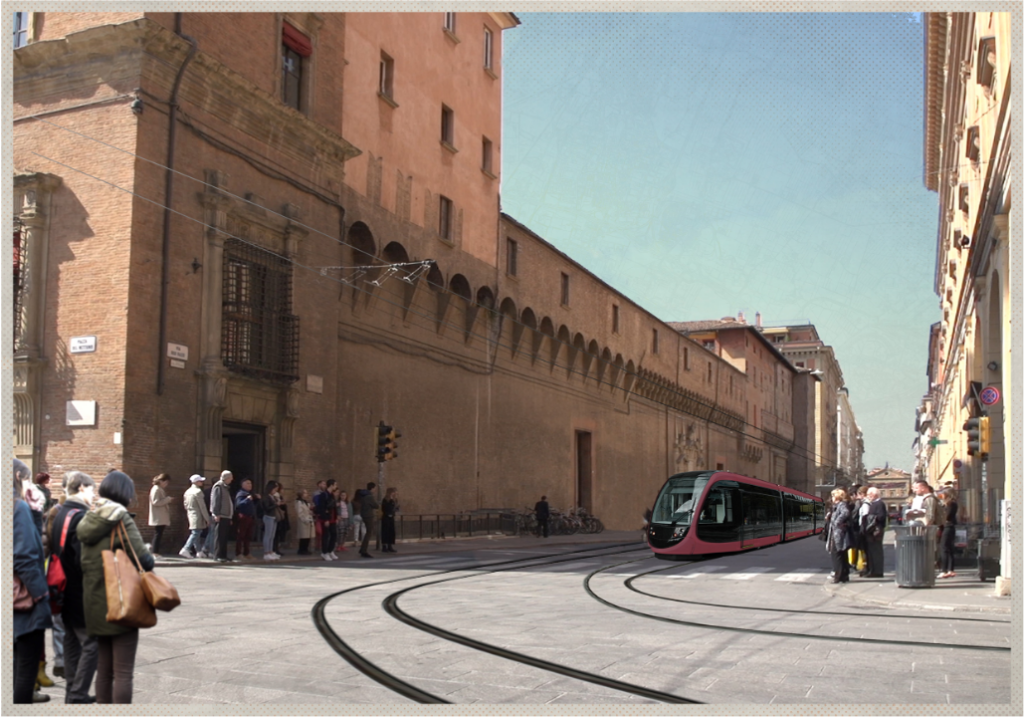Italy, renowned for its automotive heritage, is witnessing a shift in transportation trends, with an emerging inclination towards tramways. Despite a historical tram network in major cities like Rome, Turin, Naples, and Milan, the post-World War II surge in private car ownership has led to a decline in tram infrastructure. The case of Bologna emerges as a significant example of Italy’s efforts to reintegrate tramways into its urban transport landscape.
Italy, lagging in tramway infrastructure compared to other European nations, has only Florence and Palermo with second-generation tramways. Out of 25 suitable cities, only eight have tram networks, and they are not among the most prominent. Bologna, however, is set to lead the way in Italy’s tramway revival.
Bologna’s Significance:
The Italian government’s investment in 186km of new tram lines includes Bologna’s project, marked by a substantial EUR 500 million investment. Bologna, home to 400,000 people and renowned for its historic porticoes, lost its tram network in 1963. The current initiative aims to reclaim public transport legacy and address the city’s growing need for efficient mobility solutions.
Bologna’s sustainable urban mobility plan, spanning over two decades, aims to reduce car trips significantly by 2030. The city’s commitment to a network of four new tram lines—the Red, Green, Blue, and Yellow—illustrates a comprehensive approach. The Red Line gained approval in 2017 and has progressed rapidly, with the Green Line expected to follow soon.
“The whole width of the road is being modified in order to make light rail as effective as possible. It’s not just parking, but traffic and environmental elements too.”
Paolo Marchetti, SYSTRA

Urban Transformation and Placemaking:
Beyond transportation, Bologna’s tramway project serves as a catalyst for urban renewal. The Red Line’s 16.5km route signifies a balance between preserving heritage and embracing modern transport solutions. The project extends beyond transport infrastructure, incorporating elements of urban renewal and placemaking to enhance the city’s identity.



Inspiration and International Perspective:
Bologna, entering the tramway scene later than some European counterparts, benefits from insights gained from successful international projects. Examples from Amsterdam, Manchester, Florence, and France provide valuable reference points. Bologna’s tramway initiative aligns with a global trend towards sustainable mobility and the revitalisation of urban spaces.
Bologna’s tramway transformation represents a comprehensive effort to address transportation needs, enhance urban identity, and contribute to sustainability. As Italy endeavours to catch up with European counterparts in tram development, Bologna’s project stands out as a pragmatic example, not only improving transportation but reshaping the city’s fabric for a more sustainable and accessible future.
 Australia
Australia  Brazil
Brazil  Canada
Canada  China
China  Denmark
Denmark  France
France  India
India  Indonesia
Indonesia  Ireland
Ireland  Italy
Italy  Malaysia
Malaysia  New Zealand
New Zealand  Norway
Norway  Poland
Poland  Saudi Arabia
Saudi Arabia  Singapore
Singapore  South Korea
South Korea  Sweden
Sweden  Taiwan
Taiwan  Thailand
Thailand  United States
United States  Vietnam
Vietnam